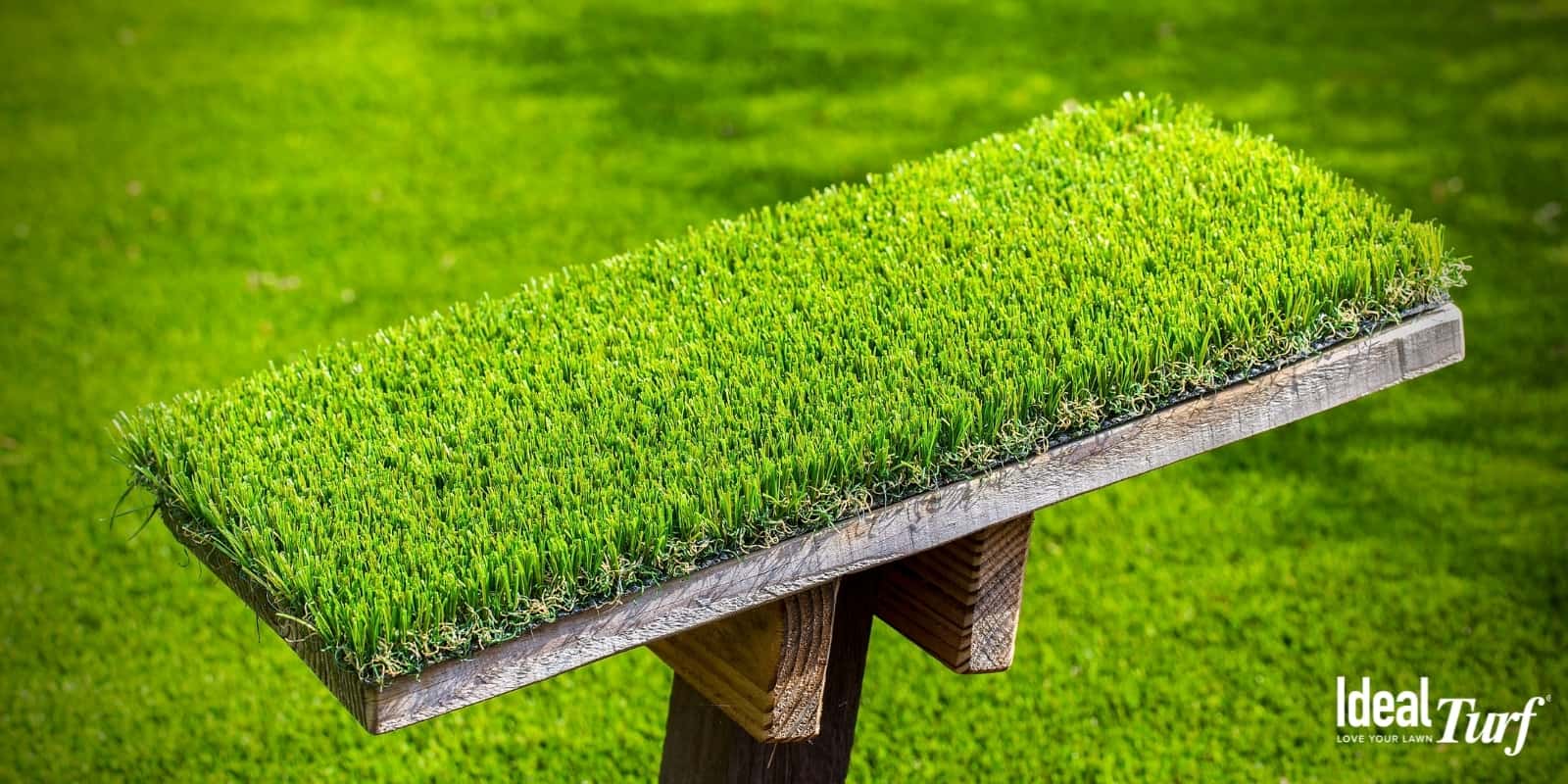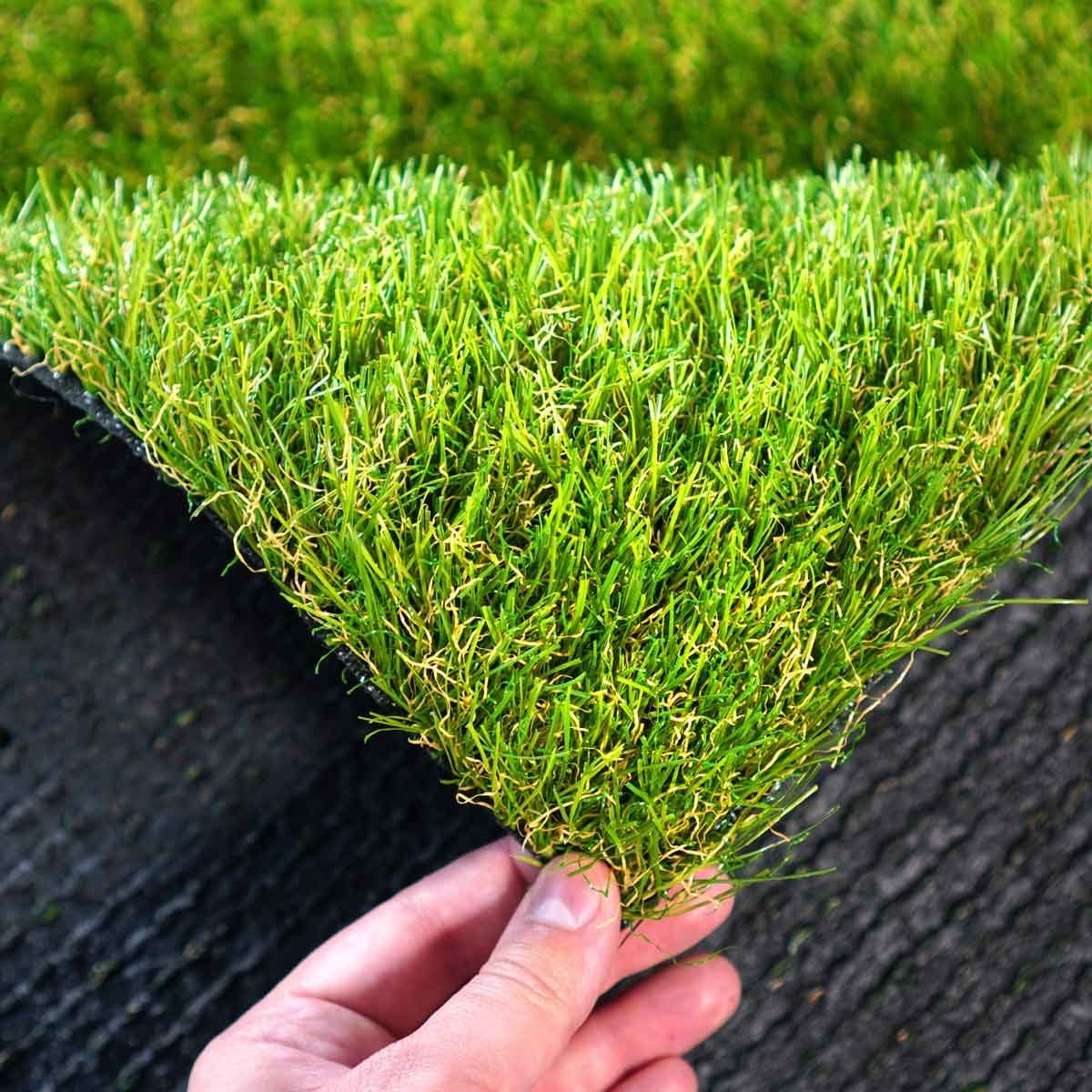Top Phoenix Turf Companies Delivering Premium Synthetic Grass Solutions
Top Phoenix Turf Companies Delivering Premium Synthetic Grass Solutions
Blog Article
Delve Into the Environmental Benefits of Opting for Artificial Grass Solutions
The fostering of fabricated lawn services offers an engaging possibility to attend to pushing environmental difficulties. By significantly reducing water usage and minimizing the application of dangerous chemicals, these alternatives not only promote sustainable landscape design however additionally secure regional ecological communities. Moreover, the lower carbon impact related to reduced upkeep activities adds to an extra sustainable method to land management. Nonetheless, the effects of these benefits prolong beyond mere preservation initiatives, raising inquiries about their lasting influence on habitat conservation and overall ecological balance. Exploring these measurements discloses a complicated interplay worth thinking about.
Water Preservation Conveniences
One of the most considerable benefits of synthetic grass is its ability to conserve water. In comparison, fabricated lawn does not require watering, substantially reducing the overall need for water sources.
By eliminating the demand for regular watering, synthetic turf adds to sustainable landscape techniques and aids reduce the ecological influence of too much water usage. The preservation of water expands to the decrease of runoff, which can lead to soil disintegration and river air pollution.
Furthermore, the installment of man-made turf permits districts and homeowners to allocate water sources a lot more successfully, focusing on necessary usages such as drinking water and agriculture. The change in the direction of artificial turf not just promotes responsible water usage but additionally aligns with more comprehensive environmental goals intended at maintaining natural deposits.
As communities significantly focus on sustainability, the water conservation benefits of synthetic grass provide an engaging situation for its fostering in business and property landscape design jobs.
Decreased Chemical Usage
The transition to artificial turf significantly decreases the dependence on chemical therapies frequently used in all-natural yard upkeep. Conventional turf monitoring generally involves the application of plant foods, pesticides, and herbicides to advertise development and control insects. These chemicals can pose dangers to human health, local wild animals, and the atmosphere, adding to dirt and water contamination.
In comparison, synthetic lawn gets rid of the requirement for these dangerous materials. By lessening the release of synthetic substances right into the environment, man-made grass advertises healthier soil and water systems.
Additionally, the lack of chemical drainage related to man-made lawn installations aids protect local waterways from contamination, sustaining marine life and keeping biodiversity. Artificial turf companies phoenix. As areas increasingly focus on sustainable practices, choosing for synthetic grass provides a feasible service that aligns with ecological conservation objectives. Through this shift, home proprietors can enjoy lavish environment-friendly areas without jeopardizing environmental wellness, leading the way for an extra sustainable future
Reduced Carbon Footprint

Furthermore, the installation of synthetic grass can lead to substantial water conservation. Natural yards need significant amounts of water for watering, which not only includes to the carbon impact connected with water removal and therapy yet likewise pressures local water resources. On the other hand, fabricated grass requires minimal upkeep, calling for no watering, thus significantly lowering water usage and its linked power costs.
In addition, the durability of synthetic lawn adds to its decreased carbon influence. With a life expectancy of approximately 15 years or even more, the need for frequent substitutes is reduced, leading to less waste and reduced power intake in manufacturing and throwing away traditional grass choices. Generally, synthetic grass offers a lasting choice for eco mindful landscape design.
Environment Conservation
Environment preservation is a click for info crucial consideration in the discussion over you can try here landscaping options, especially when comparing man-made lawn to natural lawn. Natural turf yards typically need considerable upkeep, consisting of using herbicides, chemicals, and fertilizers, which can negatively influence local communities. These chemicals can leach into the dirt and waterways, damaging indigenous vegetation and animals and disrupting local environments.
Artificial lawn removes the need for harmful chemicals, thus safeguarding neighboring wild animals and keeping the integrity of surrounding environments. The setup of artificial turf can lead to the conversion of former grass areas into more biodiverse landscapes, such as pollinator yards or indigenous plant locations, which can sustain local wild animals.
Eventually, the shift to fabricated lawn not only preserves water and minimizes upkeep initiatives but additionally cultivates a more unified partnership between human tasks and the native environment, promoting environment conservation while doing so.
Long-Term Sustainability
Long-lasting sustainability is a crucial consider reviewing the advantages of synthetic grass over traditional grass lawns. One of the most substantial advantages of synthetic grass is its resilience; it can last as much as 15-20 years with minimal maintenance, whereas all-natural yard needs constant reseeding and replacement. This long life lowers the need for consistent sources, such as water, fertilizers, and chemicals, which are essential for preserving a healthy grass lawn.
Furthermore, synthetic grass adds to a decrease in carbon exhausts connected with yard treatment equipment. Standard yards frequently need gas-powered mowers, leaners, and blowers, all of which add to air contamination. Arizona turf. In comparison, man-made grass eliminates the requirement for such devices, promoting a cleaner atmosphere
Additionally, the manufacturing of artificial grass progressively utilizes recycled products, improving its sustainability account. As makers embrace green practices, the ecological impact of fabricated grass continues to decrease.

Verdict
The fostering of synthetic grass options offers substantial ecological advantages, consisting of considerable water preservation, minimized reliance on dangerous chemicals, and a reduced carbon impact. Furthermore, synthetic grass aids in maintaining all-natural habitats by lessening land disruption and promoting long-lasting sustainability via using resilient materials. Jointly, these aspects highlight the possibility of man-made lawn to add favorably to ecological health and provide a feasible alternative to typical landscaping practices in a significantly resource-conscious globe.
In contrast, man-made lawn does not require watering, significantly reducing the overall demand for water resources. By reducing the launch of synthetic compounds right into the ecological community, man-made grass promotes healthier soil and water systems.
Additionally, the installation of artificial grass can result in substantial water conservation. In comparison, fabricated lawn requires marginal maintenance, calling for no watering, therefore considerably lowering water use and its linked energy prices.

Report this page